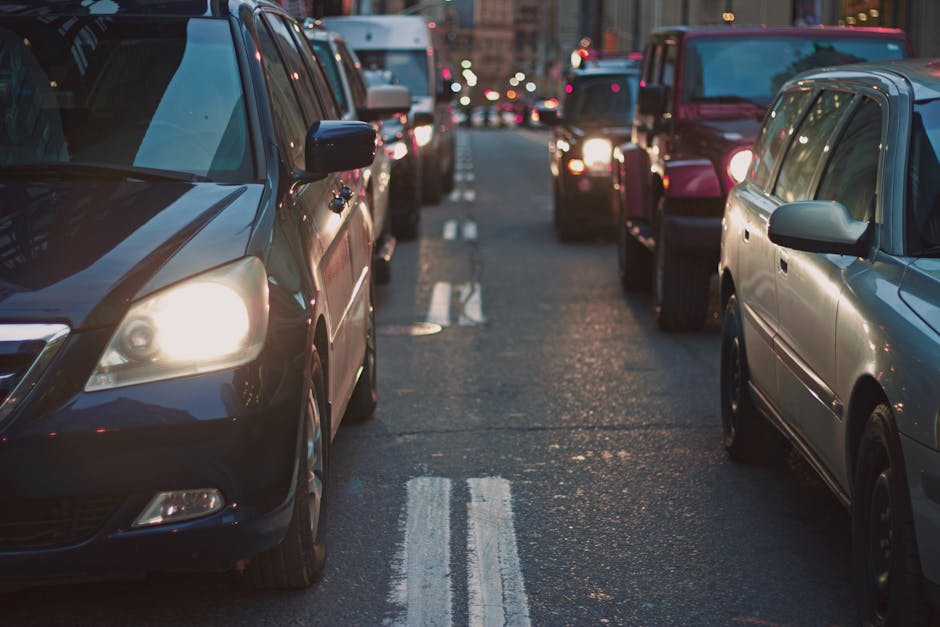Policy Type
Fiscal Incentive
Program
Inovar-Auto
Regulating Body
Ministério do Desenvolvimento, Indústria e Comércio Exterior (Ministry of Development, Industry, and Commerce)
Applicability
All light-duty vehicles (LDVs) and light commercial vehicles (LCVs)
Categories
History
In October 2012, the Brazilian government approved a new program, “Inovar-Auto,” to encourage vehicle technology innovation. The program fosters industry competitiveness by encouraging automakers to produce more efficient, safe, and technology-advanced vehicles while investing in the national automotive industry. Inovar-Auto provides incentives in two ways. It first increases a tax on industrialized products (IPI) by 30 percent for all light-duty vehicles (LDVs) and light commercial vehicles (LCVs). Second, it imposes a series of requirements for automakers to qualify for up to 30 percent discount in the IPI (further discussed below). In other words, IPI taxes will remain unchanged for those manufacturers that meet the requirements, thus incentivizing investments in vehicle efficiency, national production, research & development (R&D), and automotive technology. The program is limited to vehicles manufactured between 2013 and 2017, after which IPI rates return to pre-2013 levels unless modifications to the decree are made.
The IPI (Imposto sobre Produtos Industrializados) is a tax on industrialized products either manufactured or imported to Brazil. In the case of products manufactured in Brazil, taxes are imposed on the product sales price, while in the case of imported products, the tax base is the sales price plus import taxes and other required fees (e.g., shipping, insurance). IPI rates for LDVs depend on engine displacement and fuel type, illustrating Brazil’s long-term incentive towards smaller engines.
| Engine displacement (L) | IPI Before 2012 | New IPI |
|---|---|---|
| Less than 1 L | 7% | 37% |
| 1-2 L Flex/Ethanol | 11% | 41% |
| 1-2 L Gasoline | 13% | 43% |
| Above 2 L | 25% | 55% |
Program Details
Under the new program, automakers will need to meet a corporate average vehicle efficiency target to qualify for up to 30 percent discount in the IPI. In addition, automakers will need to conduct a certain number of manufacturing processes in Brazil, and to choose at least 2 out of 3 pre-requisites to qualify for the program: (1) investment in R&D, (2) investment in engineering, industrial technology, and supplier capacitation, and (3) participation in the Vehicle Labeling scheme. Automakers can qualify for an additional 1-2 percent discount in the IPI by meeting more stringent corporate average vehicle efficiency targets.
| Year | Minimum Number of National Manufacturing Processes |
Minimum R&D Investment | Minimum Engineering Investment | Minimum Participation in PBEV |
|---|---|---|---|---|
| 2013 | 6 | 0.15% | 0.50% | 36% |
| 2014 | 7 | 0.30% | 0.75% | 49% |
| 2015 | 7 | 0.50% | 1.00% | 64% |
| 2016 | 8 | 0.50% | 1.00% | 81% |
| 2017 | 8 | 0.50% | 1.00% | 100% |
Vehicle Efficiency
Automakers need to improve their corporate average vehicle efficiency for new LDVs by about 12 percent from 2012 levels by October 2017 to qualify for the Inovar-Auto program. This target was based on Europe’s 2015 target for new LDVs of 130 gCO2/km, and adapted to Brazil based on differences in driving cycle, vehicle, fuel, and road specifications. Average vehicle efficiency, in megajoules/kilometers (MJ/km) and measured on the combined (urban/highway) CAFE cycle, needs to be calculated by Equation 1. To qualify for an additional IPI reduction of 1 percent and 2 percent, automakers need to meet average vehicle efficiency calculated by Equations 2 and 3 by October 2016, which would result in average improvements in new vehicle efficiency of about 16 percent and 19 percent, respectively.
| Equation No. | Equation |
|---|---|
| 1 | VE = 1.155 + 0.000593 x M |
| 2 | VE = 1.111 + 0.000570 x M |
| 3 | VE = 1.067 + 0.000547 x M |
| Note: VE: corporate average vehicle efficiency (MJ/km) M: average mass in kilograms (curb weight) for all vehicles commercialized in Brazil, and weighted by vehicle sales in the 12 months preceding the calculation. |
|
The expected improvements from these three target levels are summarized in the following table.
| Equation No. | IPI Reduction | Average New LDV Efficiency (MJ/km) |
Vehicle Efficiency improvement |
|---|---|---|---|
| 1 | Up to 30% depending on compliance with other pre-requisites |
1.82 | 12.1% |
| 2 | +1% | 1.75 | 15.5% |
| 3 | +2% | 1.68 | 18.8% |
National Activities
Automakers need to conduct a minimum number of manufacturing and engineering infrastructure activities for at least 80 percent of produced LDVs and LCVs in Brazil. The activities considered are the following:
| Stamping | Electrical systems assembly | Welding |
| Axle and brake systems assembly | Anticorrosion treatment and painting | Monoblock manufacturing or chassis assembly |
| Plastic injection | Motor manufacturing | Assembly, final review, and testing |
| Gearbox and transmission manufacturing | Own laboratory infrastructure for product development and testing | Steering and suspension systems assembly |
Investment
Automakers need to invest in research & development in Brazil and applied over the gross revenue of products and services, excluding taxes and contributions over sales.
Automakers need to invest in engineering, industrial technology, and supplier capacitation in Brazil and applied over the gross revenue of products and services, excluding taxes and contributions over sales.
Vehicle Labeling Scheme
Automakers must comply with Brazil’s Vehicle Labeling scheme (PBEV – Programa Brasileiro de Etiquetagem Veicular), with the minimum percentages of vehicle sales.
Links
Regulatory Documents
Regulatory agencies
Ministry of Development, Industry, and Commerce
Additional Resources
Brazil’s Inovar-Auto incentive program, ICCT Policy Update, February 2013


